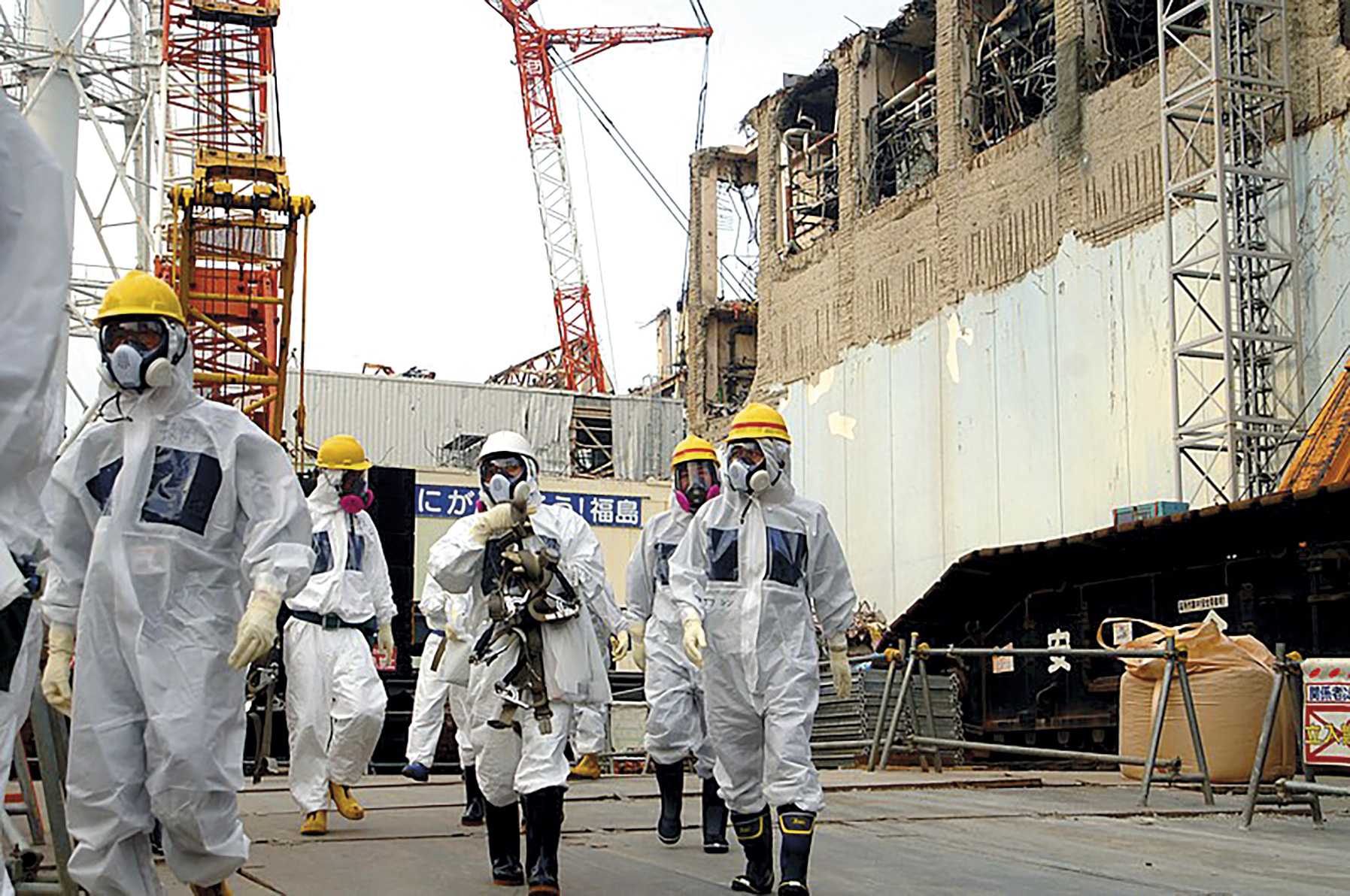7.6 Degree earthquake deaths in Japan can exceed 48 recorded
- The earthquake that hit the west coast of Japan on Monday has caused dozens of people to be injured and many homes to be destroyed. It has caused at least 48 deaths, but authorities have stressed the need to rescue “as soon as possible” people trapped under the waste, as the death toll can rise. They warn that replicas can occur.

The 7.6 degree earthquake on the Richter scale, measured between 1 and 12, took place in the city of Wajima, for prefect Ishikawa, where it was around 16:10. It has been concluded that the hippocentre has been produced at a depth of about 10 kilometres and 60 other vibrations have been recorded in subsequent hours. In the buildings of Tokyo, vibration has also been noted more than 300 kilometres from the hypocentre.
Prime Minister Fumio Kishida warns that the country is now in “anti-time”: “We need to rescue as soon as possible, especially from people trapped under the waste.” The earthquake has caused at least 48 deaths, but they have stressed that the figure is not safe and there may be more, as they may be under the fallen buildings. Dozens of people have been wounded.
Many homes have also been destroyed and fires have occurred. The fire department has confirmed, according to The Guardian, that at 07:00 Tuesday in the city of Wajima fires had still been fired and that at least 100 buildings have been completely destroyed. Kishima has announced that they have obstacles to rescue because the roads have deteriorated after the earthquakes: emergency service vehicles are costing to reach the north of the Noto peninsula and are trying by sea.
There may be replicas
Following the earthquake, authorities alert the tsunami and the Japanese chain NHK says waves were expected from 5 to 6 meters. Although they have removed the alert, the authorities have called for it not to return home, as the weather agency has recalled that in the coming days aftershocks could damage the areas affected by earthquakes again, according to The Guardian.
The most affected prefectures were Ishikawa, Toyama and Niigata, on the west coast of Japan, with 46,000 inhabitants forced to leave the house. Many services are also suspended and thousands of people have run out of light, 30,000 homes, according to the Japanese Government. On the coast there are more than 20 nuclear reactors, but the government has ensured that they have not suffered serious damage and have not measured increases in radiation in these prefectures.
Japonia, XV. mendea. Espioitzan eta hilketa ezkutuetan espezializatutako eliteko talde militarra sortu zen. Edo horixe uste du behintzat Stephen Turnbull historialari britainiarrak. Beste aditu batzuen ustez, askoz lehenago sortu ziren ninjak, duela 2.300-2.500 urte inguru. Eta... [+]
Japan, 8th century. In the middle of the Nara Era they began to use the term furoshiki, but until the Edo Era (XVII-XIX. the 20th century) did not spread. Furoshiki is the art of collecting objects in ovens, but its etymology makes its origin clear: furo means bath and shiki... [+]
Japan, 6 and 9 August 1945, the United States launched an atomic bomb causing tens of thousands of deaths in Hiroshima and Nagasaki; although there are no precise figures, the most cautious estimates indicate that at least 210,000 people died at the end of that year. But in... [+]
A few weeks ago Sony launched the video game Rise of the Remaknin, in which experts highlighted the historical position of the game. The game is located in Japan in the middle of the 19th century, near Yokohama, Edo and Kyoto.
Or it was the last years of the era, the bloody... [+]
On the occasion of the Hiroshima G7, the temptation to say again what Marx has made us repeat too many times, putting us in the mouth of Hegel, is not a fool: “Hegel says that all the great events and characters in universal history appear twice, but he forgot to say: once as... [+]






















